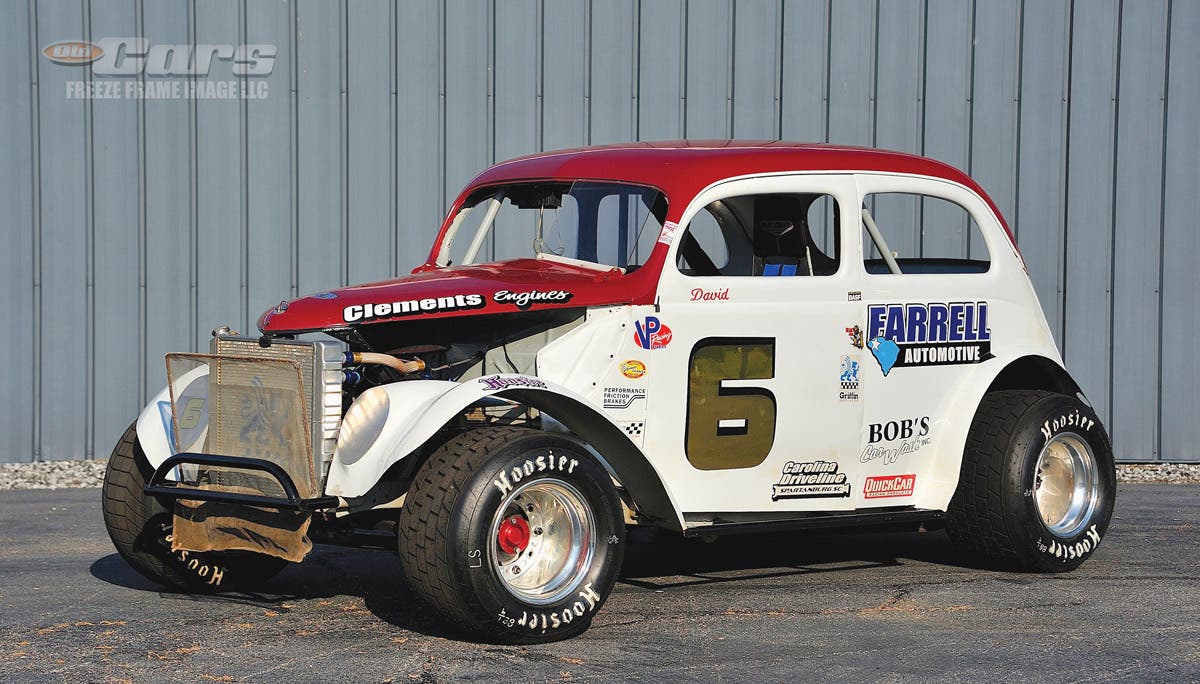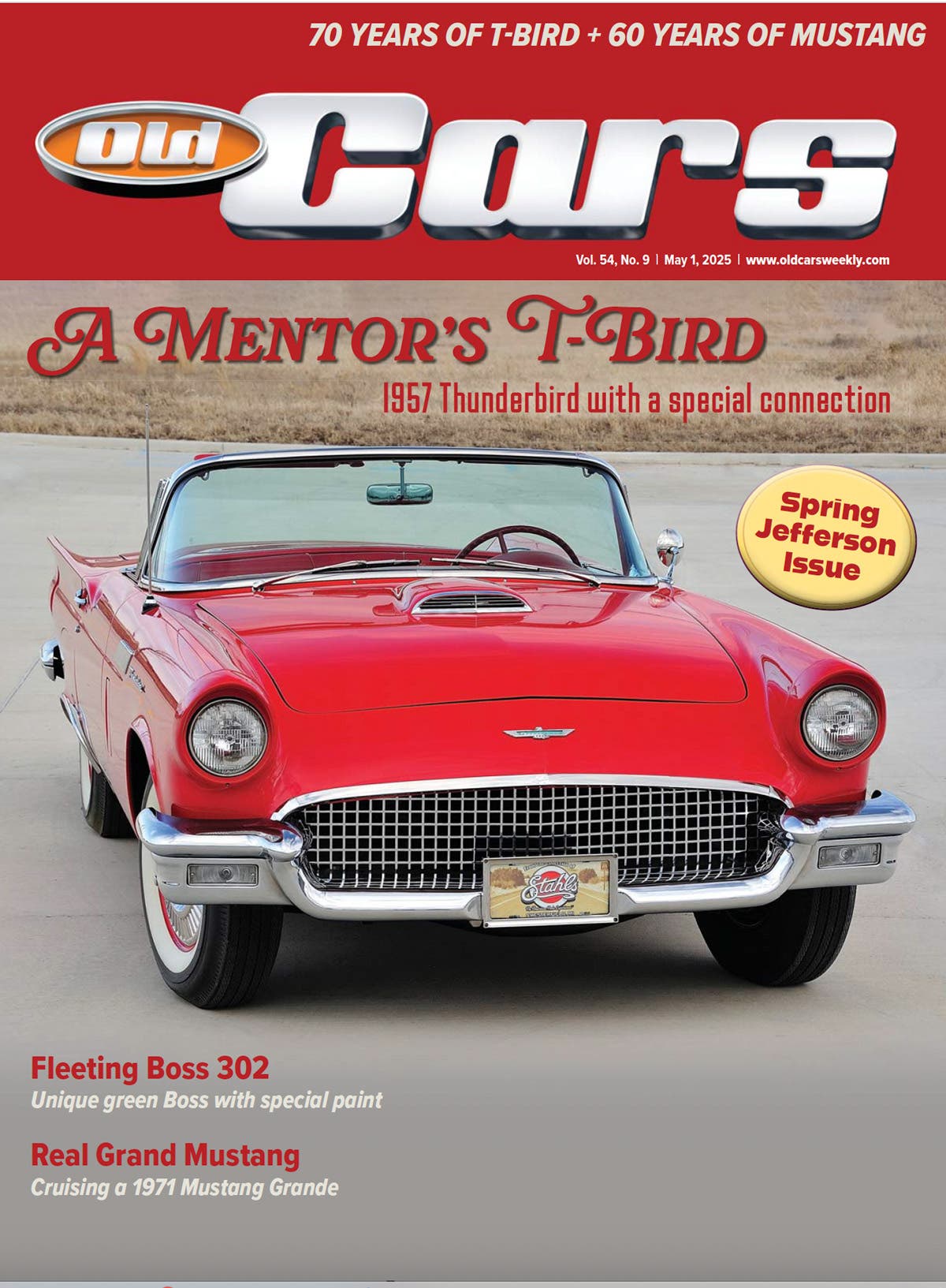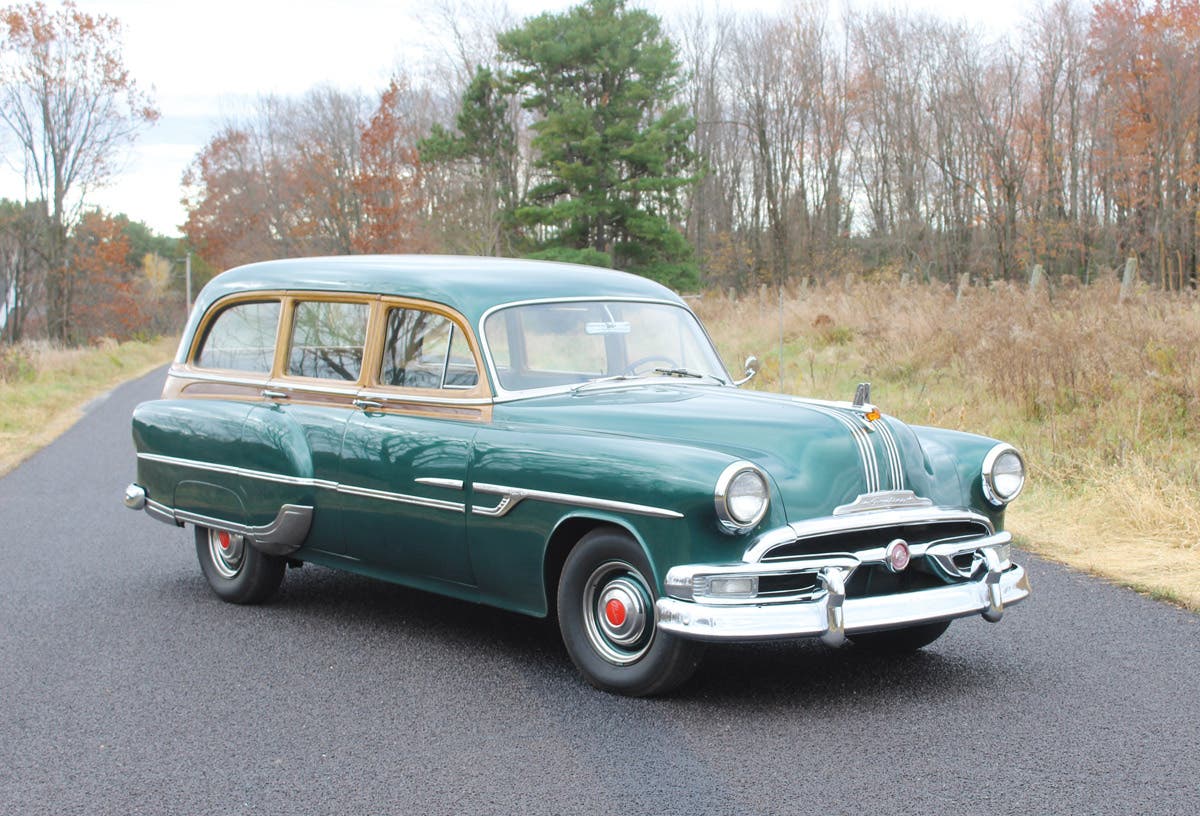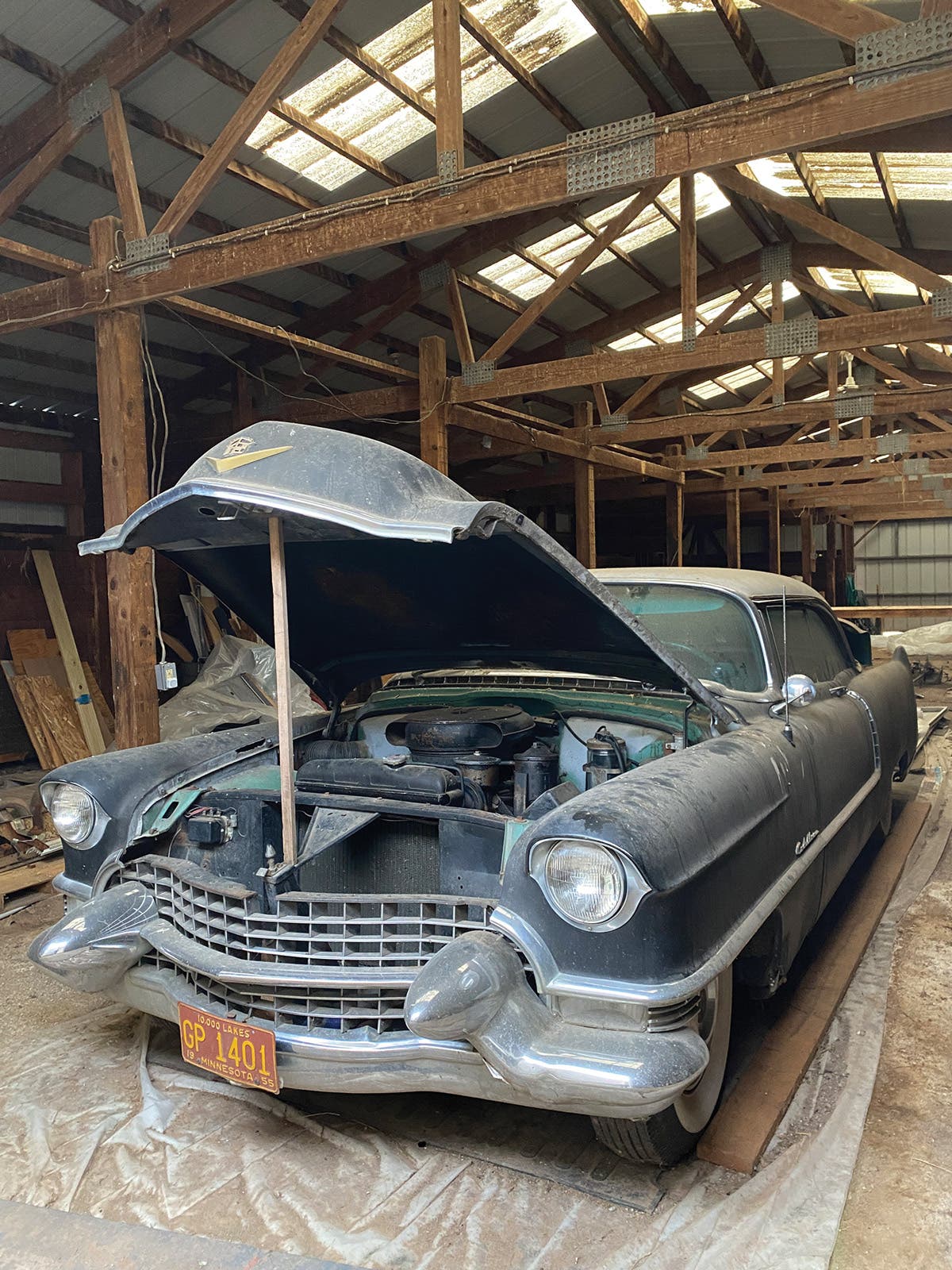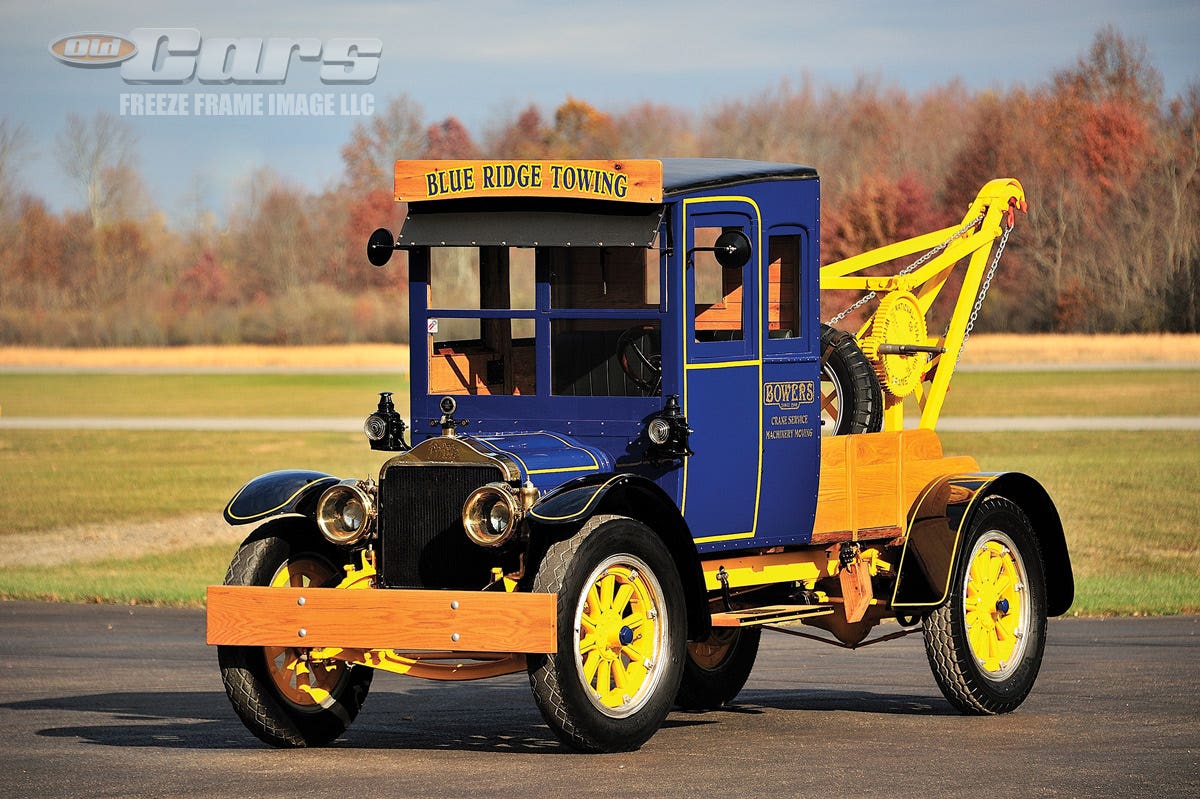Q&A with Kit Foster: October 6, 2011
Q. You cite (July 14 “Q&A”) “conflicting advice” on transmission fluid, and almost end up recommending Type A, “which has become extremely scarce.” And it deserves to be. I thought…
Q. You cite (July 14 “Q&A”) “conflicting advice” on transmission fluid, and almost end up recommending Type A, “which has become extremely scarce.” And it deserves to be. I thought we had knocked this one down some time back. I’m afraid your answer is just confusing the issue. Type A wasn’t much good even in the 1950s, and the stuff being marketed as Type A is now just junk. Some sharpies have realized that there are still thousands of uncertain folks following that half-century-old recommendation in their owners’ manuals and on their dipsticks, and they are marketing cheap trash in drugstores labeled “Type A.” Do not use this stuff, even in power steering pumps. If it were any good, it would qualify for the Dexron label. Dexron will be fine in Mr. DeFesi’s Hawk. I use Type F myself, but it’s obsolescent now (so if you want to use it for the long haul, stock up soon). Ford engineered it to cure a slippage problem it had some years back, and that appealed to me for use in Ultramatics because of the direct clutch. Years of use have demonstrated that it’s fine for the Borg-Warner units (Fordomatic, Flash-O-Matic, Flightomatic, etc.) as well. And by the way, that transmission, though Ford used it, is not the transmission for which Type F was developed. That came later.
George Hamlin, Clarksville, Md.
A. From Mr. Hamlin’s response, I conclude his recommendation is “Dexron without fear.” Because we have a constantly changing readership, I don’t know that any question can be knocked down for all time. Often, it takes someone with a better memory than mine to resurrect an answer from long ago. My experience with pre-1969 automatics is limited. I had a bad experience with a ’59 Cadillac in the late ’60s, so I swore off them for another 15 years. Thanks for filling in the holes in my knowledge.
-------------------------------------------------------------
Q. Have you ever seen one of these? The older boy (right, top photo) was born in 1936. I’d love to identify the make and model of this unusual car. It was owned by Sandy Stryker’s sister-in-law’s dad, who was from Oxford, Mich. He supposedly built a pop-up camper out of wood with lifts, and he sold puffed rice from his basement, too. It sounds like he was quite a guy for his time.
Art, via e-mail
A. The car (top photo) is certainly a 1928 or ’29 Model A Ford Tudor sedan. The front spoke wheels look like they’re from an early Model AA truck, and the rears match the disc wheels used on 1929 Model AAs. I think the front fenders have been modified from the original Model A items. I thought the rear fenders might be from a McCormick Deering 10-20 tractor, but the edge detail doesn’t quite match. They could be from a Fordson tractor. By coincidence, Old Cars Weekly technical editor Ron Kowalke recently came across another, similar photo (bottom) of a 1940 Ford, modified by a Minnesota mail carrier. It looks like tractor rims and tires have been grafted onto Budd wheels from a ’30s truck. And we thought monster trucks were a modern phenomenon.
-------------------------------------------------------------
Q. I have two unusual distributor caps. They measure almost four inches inside. They are either 12-cylinder or dual-spark 6-cylinder. They use two coils and are of the early rub-type Delco design, not jump spark. The center coil tower is marked “L,” the short coil tower marked “R.” The firing order is 4R-3L-1R-6L-5R-2L-3R-4L-6R-1L-2R-5L. Can you identify them?
Ben McAdam, Wheeling, W.Va.
A. I can’t be sure without a photo, but your description of them sounds like Cadillac V-12 caps. The V-12 and similar V-16 were actually two separate engines on a common crankshaft. They had separate fuel systems and separate ignition systems, but with a common distributor. The “universal” firing order for a V-12 engine seems to be 1-4-9-8-5-2-11-10-3-6-7-12. If the front left cylinder is numbered “1” and the left bank is odd, the right bank even, that corresponds to the order on your cap (beginning with 1L and ending at 6R). Jaguar used a similar cap in modern times, but I don’t think you have one of those.
To submit questions to this column: E-mail ron.kowalke@fwpubs.com or mail to: Q&A, c/o Ron Kowalke, 700 E. State St., Iola, WI 54990-0001.
Got Old Cars?
If you don't subscribe to Old Cars Weekly magazine, you're missing out on the only weekly magazine in the car hobby. And we'll deliver 54 issues a year right to your mailbox every week for less than the price of a oil change! Click here to see what you're missing with Old Cars Weekly!
More Resources for Car Collectors:
- Classic car price guides, research, books, back issues of Old Cars Weekly & more
- Get expert restoration advice for your classic car
- Get car pricing, data and history all in one place
- Sign up for Old Cars Weekly's FREE email newsletter
- Need to buy or sell your classic car? Looking for parts or memorabilia? Search our huge online classified marketplace



